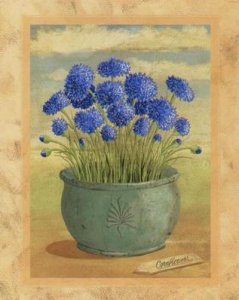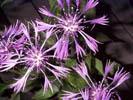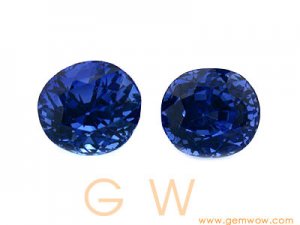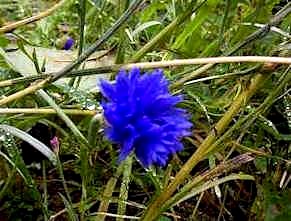Patty
Ideal_Rock
- Joined
- Dec 7, 2003
- Messages
- 4,522
Oops, I hit the "enter" key instead of the """ key!
My question is...Is "cornflower blue" a real color designation of some sapphires or is it just slang? I've heard of sapphires from Ceylon being called "cornflower blue."
The sapphires in my new ring are from Madagascar and I think they are gorgeous. When I was planning the ring, a friend asked me if I was getting "cornflower blue" sapphires. I said, "I don't know, they are just a pretty blue."
Is Cornflower blue a real color...like according to people who grade sapphires?
My question is...Is "cornflower blue" a real color designation of some sapphires or is it just slang? I've heard of sapphires from Ceylon being called "cornflower blue."
The sapphires in my new ring are from Madagascar and I think they are gorgeous. When I was planning the ring, a friend asked me if I was getting "cornflower blue" sapphires. I said, "I don't know, they are just a pretty blue."
Is Cornflower blue a real color...like according to people who grade sapphires?

















300x240.png)